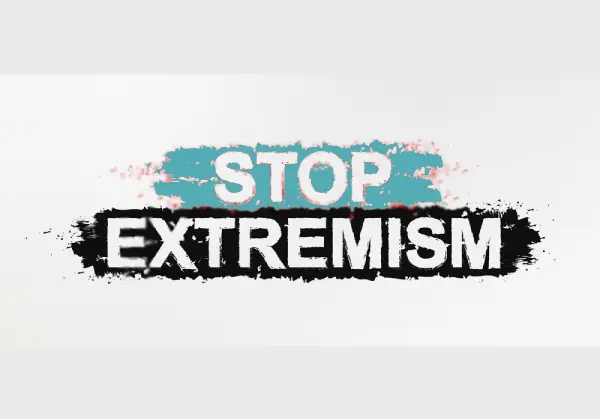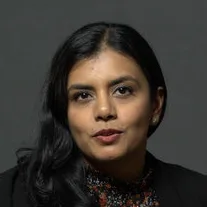How to Prevent Extremism - by Hadiya Masieh

In the wake of the murder of David Amess MP, many of us have been asking questions we have been discussing and debating since 2005. Why do some people commit acts of terrorism? Why are some people prone to radicalisation and how do we as a society prevent extremism? It seems we are collectively unable to reach a consensus on these questions and that, in my humble view, is because we are asking the wrong questions.
The real questions are what makes some people susceptible to exploitation and manipulation? How can we counter vulnerability and how can we adjust the choice architecture for young and vulnerable people? Allow me to elaborate.
Radicalisation becomes a possible, and sometimes even likely, outcome once an individual becomes vulnerable. There are many things that can render one vulnerable – an identity crisis, lacking a sense of belonging, lack of purpose, limited social networks, personal grievances and self-esteem issues. In radicalised people many of these factors are present at the same time and radicalisation is the coping mechanism.
Extremist ideology is a quick fix solution for those who are deprived of their basic social needs. It’s readily available online, it’s easy to grasp and in one fell swoop it explains all the world’s ills whilst offering the individual a ready-made identity, purpose, sense of belonging and self-esteem. It also offers an avenue to channel festering grievances and a utopian vision to aspire towards. This can be incredibly attractive to some people.
At this stage, you are perhaps thinking ‘but a lot of people are vulnerable and lacking in social needs, they don’t all become terrorists’ and you would be correct. That is why understanding choice architecture is so important. When we face challenges in life we reach out for solutions but the solutions that are available to us depend very much on where we are situated. By this I mean different options and solutions will appeal to different people based who they are, who they know, who they meet, who is available to them and who understands them.
A vulnerable white working class teenage boy in Newcastle has a very different choice architecture to a vulnerable young Muslim man living in East London. For each of these individuals, different choices are available, graspable and appealing depending on their identity, community and sense of self. Thus, when vulnerability collides with a limited choice architecture in which extremist ideology is one of few appealing options, radicalisation becomes a very real possibility.
So what can be done? I am asked this question quite often and I now give a three word answer – Find, Connect, Amplify.
Firstly, we need to find organisations and individuals who operate at a hyperlocal level, those who have deep links in communities are able to support and guide vulnerable people in a manner that is sensitive and appropriate. Secondly, we need to connect these organisations with local statutory partners who are able to refer vulnerable individuals to them. Finally, we need to amplify the voices of those who can genuinely offer timely interventions in the lives of those who are vulnerable to extremism.
This is a collective effort that we as a society have failed to deliver because the debate has, thus far, been far too academic and mired in political in-fighting. But as the last few days have shown the stakes are too high and we already playing catch up. Let’s start reducing vulnerability and let’s start adjusting the choice architecture young and vulnerable people are faced with so that healthy options also become available. Let find, let’s connect and let’s amplify.

